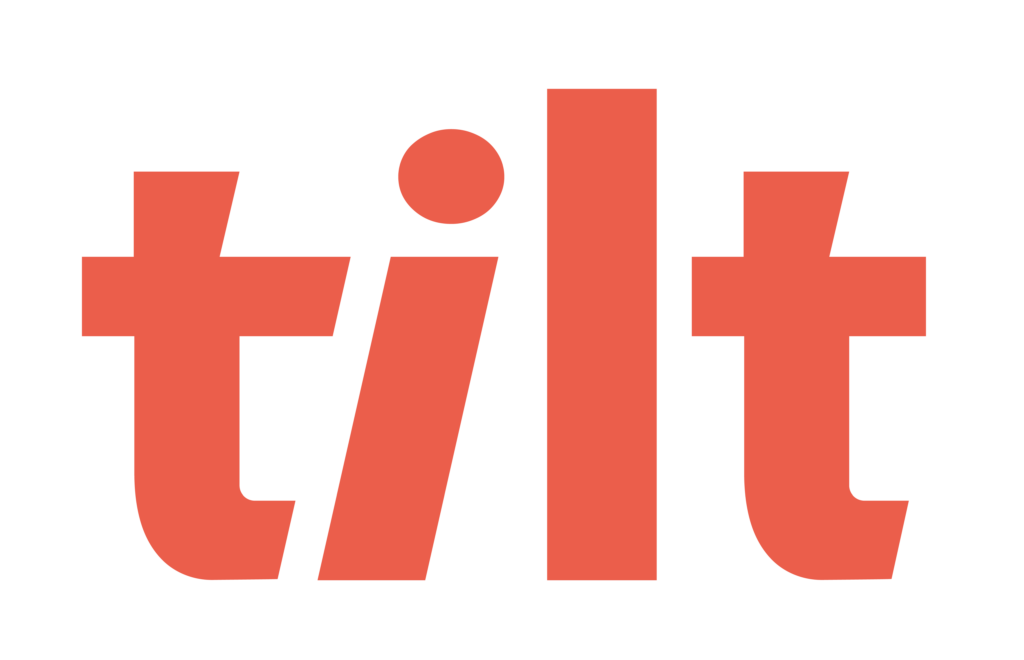Company culture…a nebulous beast for all HR departments. Comprised of bits and pieces from every employee top to bottom, company culture is fluid and unique by its very nature. That doesn’t mean People Teams don’t have tools at their disposal to tame, mold and improve company culture in a way that maximizes both profit and employee happiness.
Perhaps unsurprisingly, taking care of employees when they need it most is one of the most important aspects of maintaining a positive company culture. When an employee takes a leave of absence it can be for a variety of reasons and can range from the straightforward to the complex, which can make it challenging for any organization to make it easy for employees to navigate potentially uncertain waters.
How employers manage a leave of absence can make or break the strongest employee bonds. This is why getting your LOA process right can be a major win for you and your organization, and why a poorly executed leave experience can negatively impact the company culture leading to decreased morale, productivity, and employee satisfaction.
Support and the power of perception
The amount of support, and perhaps more importantly the method with which it’s applied, can play a major role in the perception of your company’s culture. Navigating a leave of absence without empathetic support can lead to a feeling of being undervalued and unimportant, which is more than enough to negatively impact their perception of your organization from within.
Conversely, removing leave support uncertainties beyond a shadow of a doubt can have an undeniably positive effect on your culture. It’s important for companies to communicate clearly with employees taking leave and to provide support and resources to help them manage their absence and transition back to work.
A common pitfall People Teams face should be aware of is recognizing that there can be a disconnect in the company culture you think you have and the actual culture as it’s perceived by your people. Putting a premium on investing in your employees’ perception of your organization by supporting them successfully through a leave journey is paramount.
Communication and morale missteps
One of the biggest challenges that organizations face when an employee takes a leave of absence is a drastic decrease in productivity and morale. When a team member is absent their workload may need to fall on other employees, leading to an increased potential of both stress and burnout if a plan isn’t communicated properly. On the flip side, having clear policies and procedures in place for handling leave of absence can help minimize disruptions to the workflow and keep morale high.
Educate managers to ensure they are communicating clearly with the employee taking the leave of absence and with the rest of the team. Make sure expectations are transparent and agreed upon to minimize the chance of employee confusion and misunderstandings.
Doing so has major positive effects on company culture as other employees will have a complete awareness of any new workload expectations, and further, they’ll feel more confident taking a leave themselves if they know that their work won’t suffer. Not doing so, of course, can have the opposite effect, where poor communication during an employee’s leave can lead to resentment and mistrust, which can erode the company culture over time.
Turnover and inconsistency
As mentioned above, it’s not just the support you provide employees, but it’s the way it’s provided that can have an impact on company culture. Are leaves being handled, but with the warmth of a polar bear’s toenail? Are they being administered inconsistently, where perhaps one employee is granted a leave of absence with little resistance while another employee’s request is denied?
Approaching each leave request with empathy and consistency is a must to avoid creating a sense of favoritism and breed negativity. There may also be legal ramifications for inconsistently managing a leave. Organizations should have training and processes in place so that all leave requests are handled fairly and consistently.
When employees aren’t feeling supported, or they sense favoritism is afoot (whether it is or not…perception is a powerful thing) they may be more likely to leave your organization once they return to work. Not only is it expensive to recruit and train their replacement, but the negativity attached to high turnover can also have a direct impact on the overall culture of your organization as well.
Positive leaves for positive vibes
Creating a positive leave experience for your employees is a vital piece to the company morale puzzle. Doing so correctly requires empathetic support, an emphasis on clear communication, and a consistent experience for all employees regardless of their leave journey.
Not all organizations have the capacity to do this effectively and if you’re one of them you’re likely well aware that you’re one bad leave experience away from submarining morale. If this is your situation then A) you are FAR from alone, many HR teams are strapped for headcount and are trying to squeeze as much out of their people as possible, and B) you have options to outsource your leave management process to experts who live and breathe making your LOA process a dream to help keep your company culture thriving.
About Tilt
Tilt is leading the charge in all things leave of absence management through easy-to-use tech and human touch. Since 2017, our proprietary platform and Empathy Warriors have been helping customers make leave not suck by eliminating administrative burdens, keeping companies compliant, and providing a truly positive and supportive leave of absence experience for their people.







